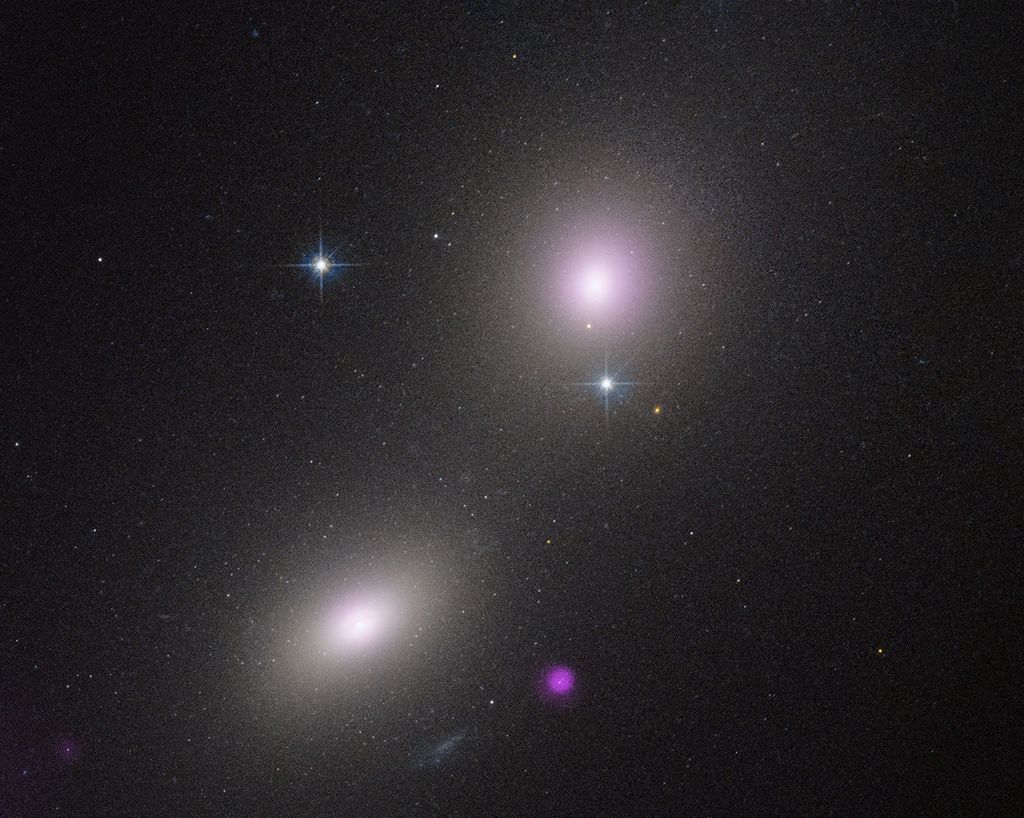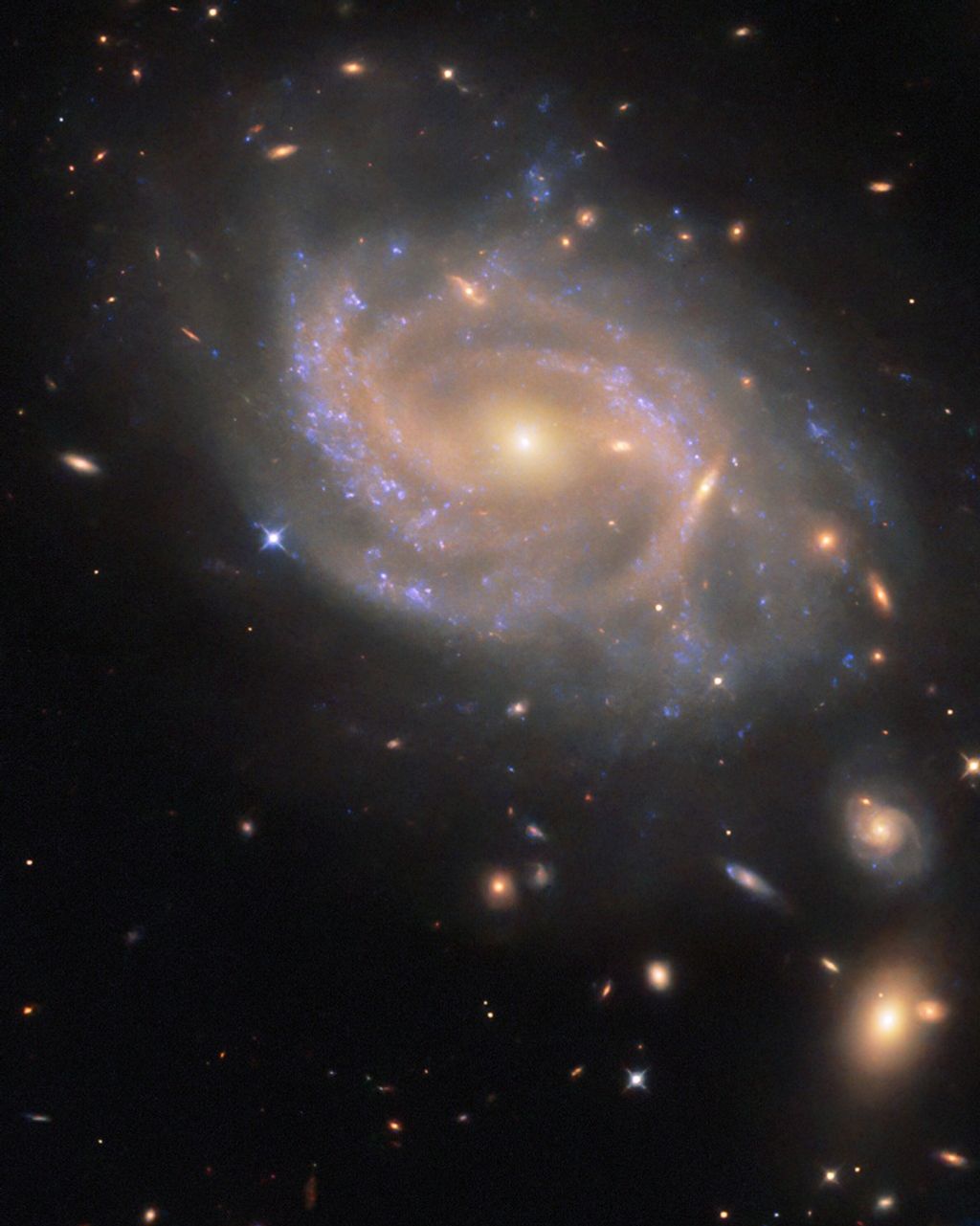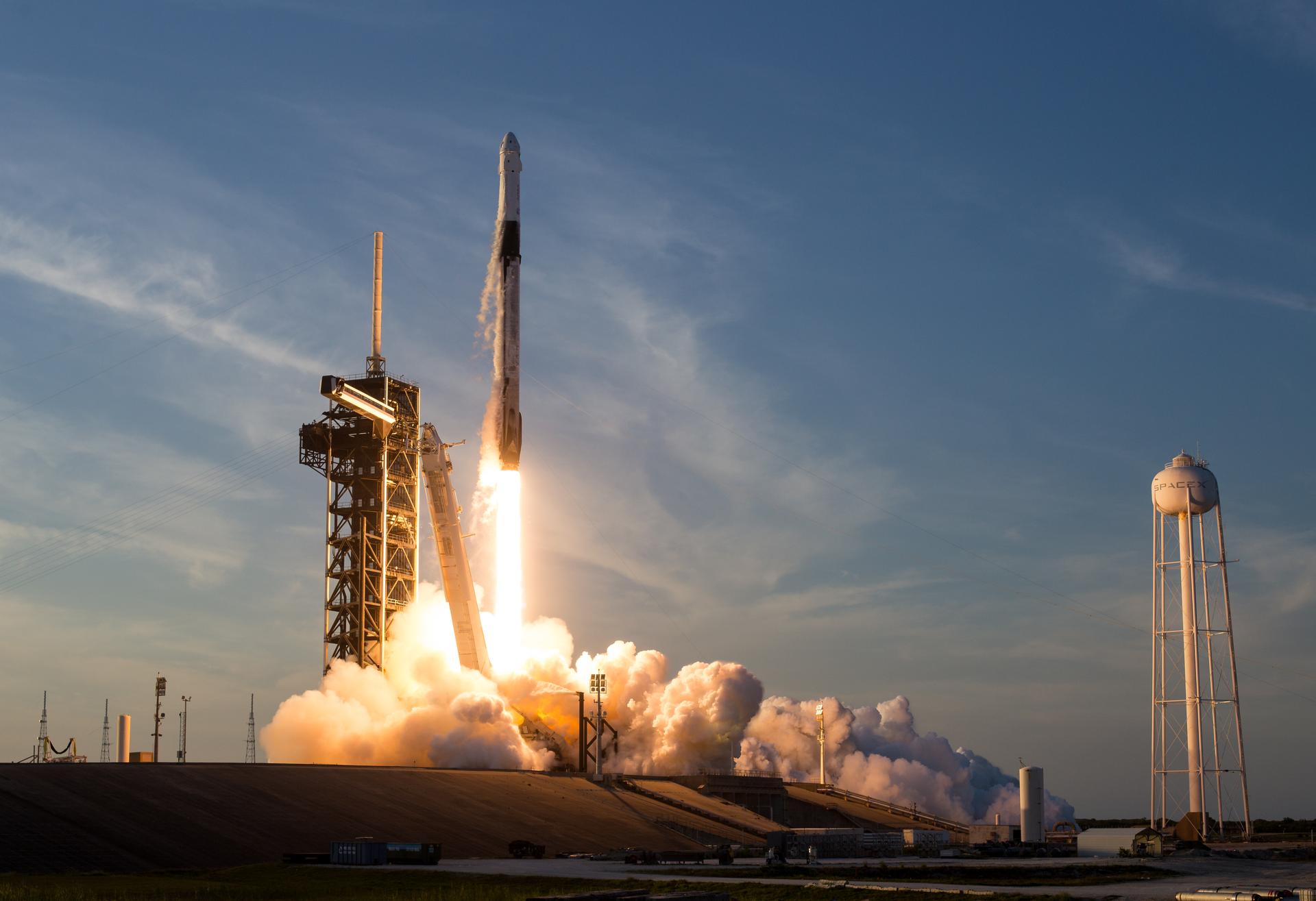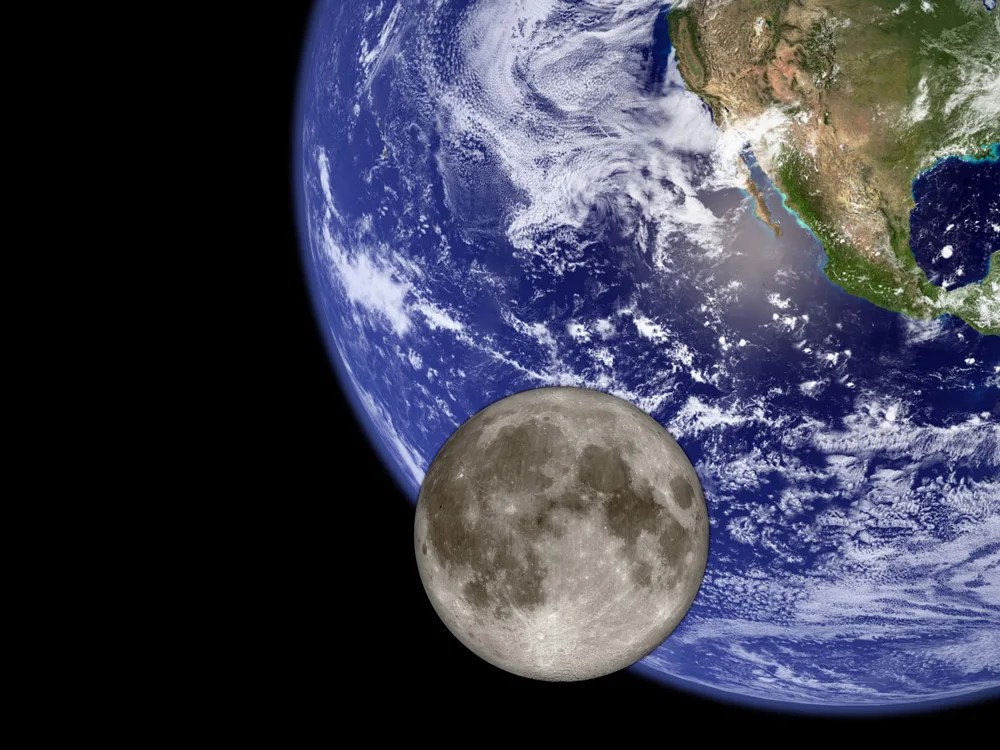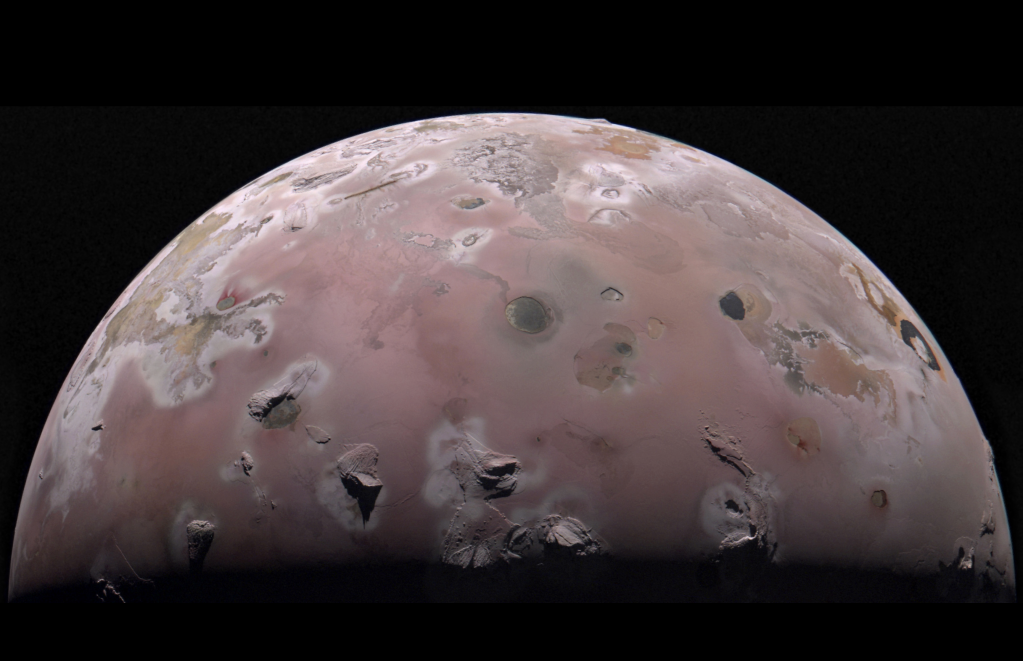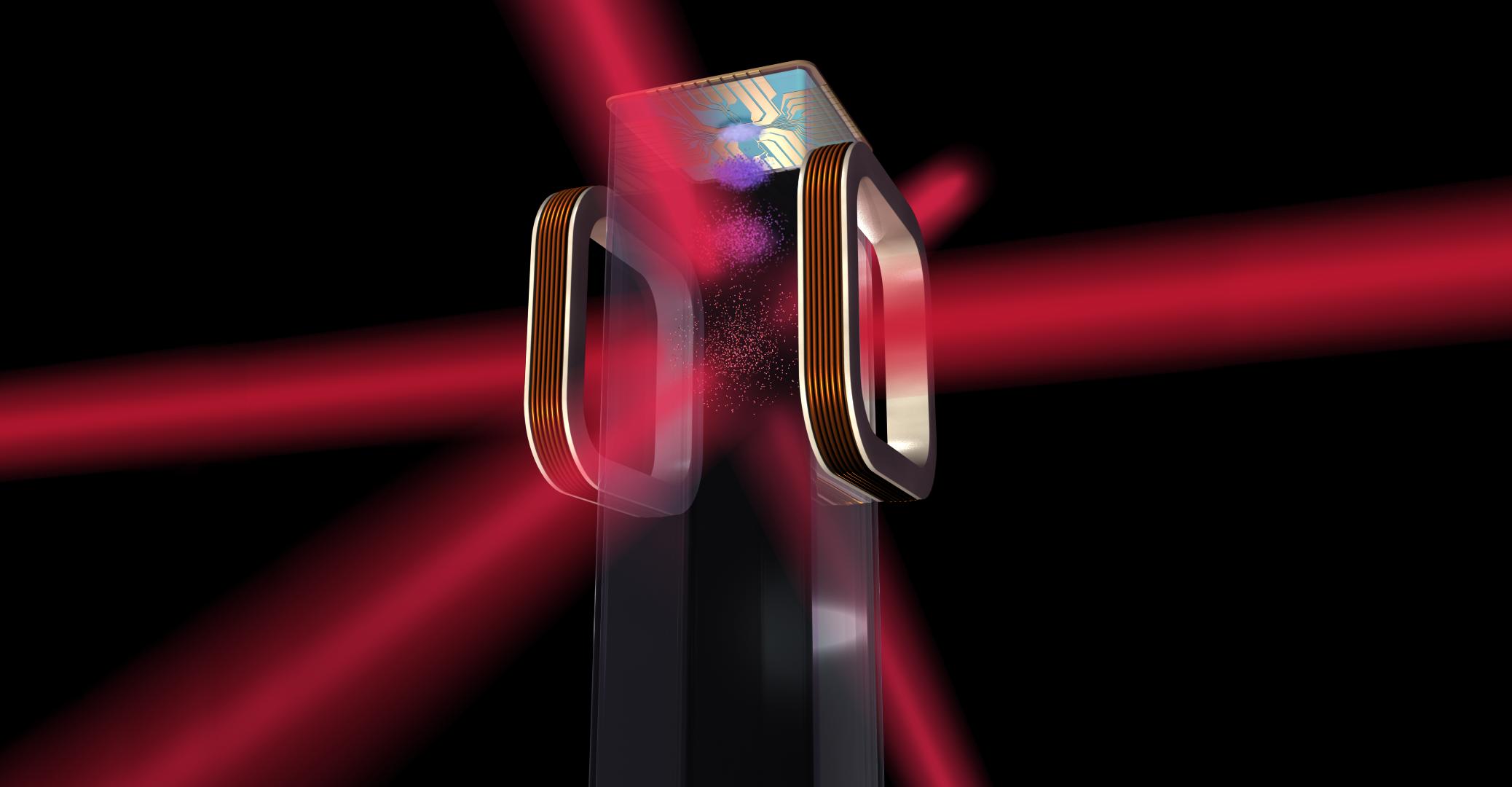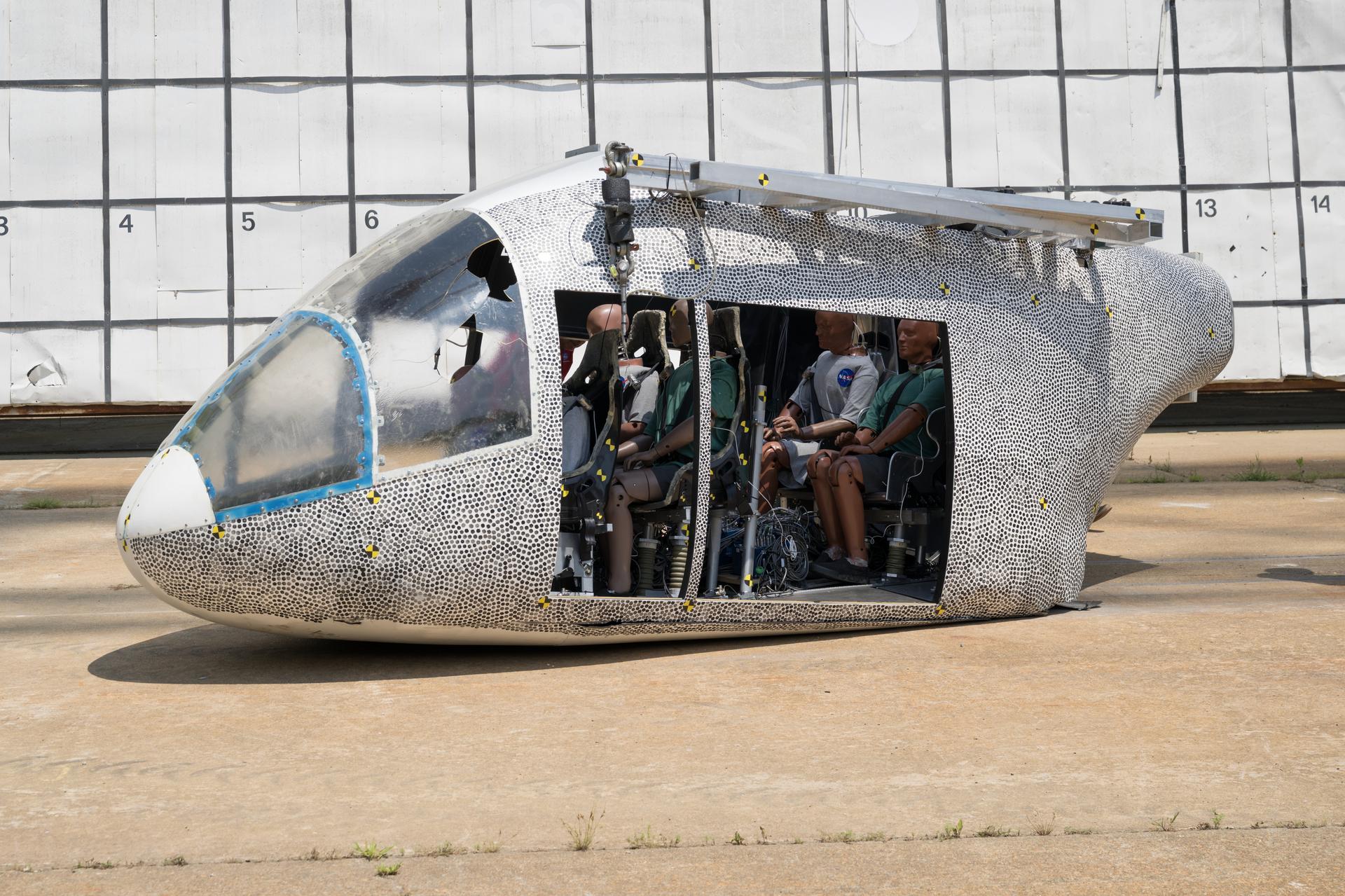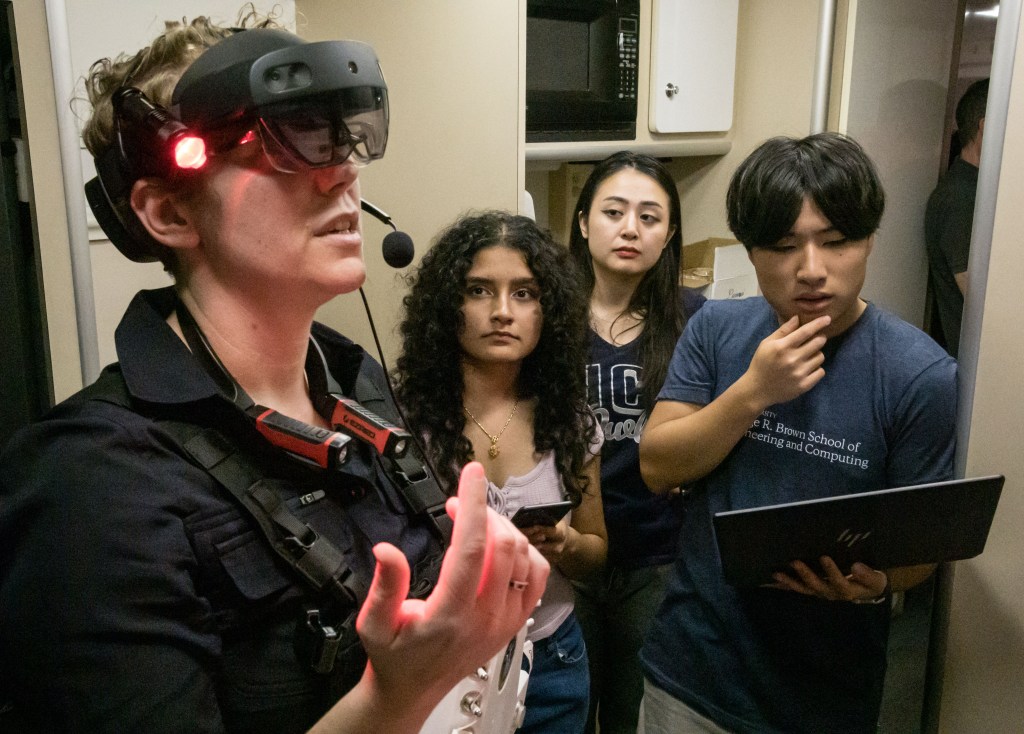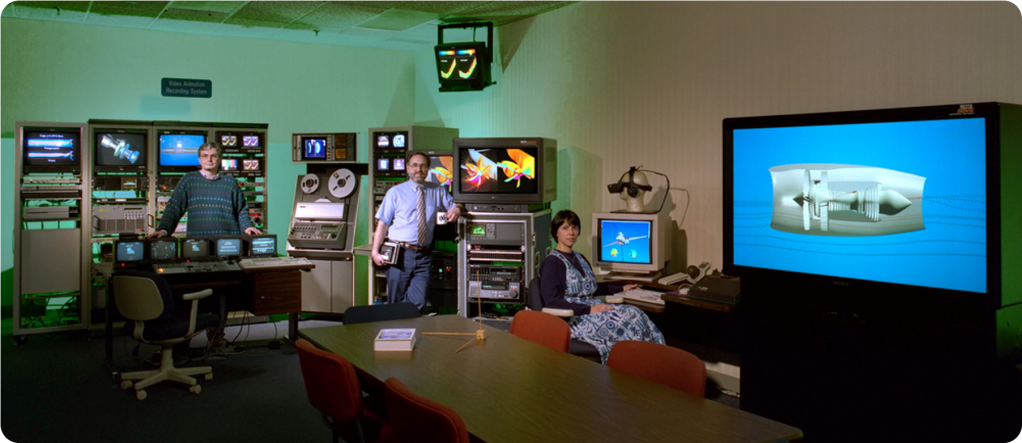Given the incredible amounts of energy in a supernova explosion – as much as the sun creates during its entire lifetime – another erroneous doomsday theory is that such an explosion could happen in 2012 and harm life on Earth. However, given the vastness of space and the long times between supernovae, astronomers can say with certainty that there is no threatening star close enough to hurt Earth.
Astronomers estimate that, on average, about one or two supernovae explode each century in our galaxy. But for Earth’s ozone layer to experience damage from a supernova, the blast must occur less than 50 light-years away. All of the nearby stars capable of going supernova are much farther than this.
Any planet with life on it near a star that goes supernova would indeed experience problems. X- and gamma-ray radiation from the supernova could damage the ozone layer, which protects us from harmful ultraviolet light in the sun’s rays. The less ozone there is, the more UV light reaches the surface. At some wavelengths, just a 10 percent increase in ground-level UV can be lethal to some organisms, including phytoplankton near the ocean surface. Because these organisms form the basis of oxygen production on Earth and the marine food chain, any significant disruption to them could cascade into a planet-wide problem.
Another explosive event, called a gamma-ray burst (GRB), is often associated with supernovae. When a massive star collapses on itself – or, less frequently, when two compact neutron stars collide – the result is the birth of a black hole. As matter falls toward a nascent black hole, some of it becomes accelerated into a particle jet so powerful that it can drill its way completely through the star before the star’s outermost layers even have begun to collapse. If one of the jets happens to be directed toward Earth, orbiting satellites detect a burst of highly energetic gamma rays somewhere in the sky. These bursts occur almost daily and are so powerful that they can be seen across billions of light-years.
A gamma-ray burst could affect Earth in much the same way as a supernova – and at much greater distance – but only if its jet is directly pointed our way. Astronomers estimate that a gamma-ray burst could affect Earth from up to 10,000 light-years away with each separated by about 15 million years, on average. So far, the closest burst on record, known as GRB 031203, was 1.3 billion light-years away.
As with impacts, our planet likely has already experienced such events over its long history, but there’s no reason to expect a gamma-ray burst in our galaxy to occur in the near future, much less in December 2012.

